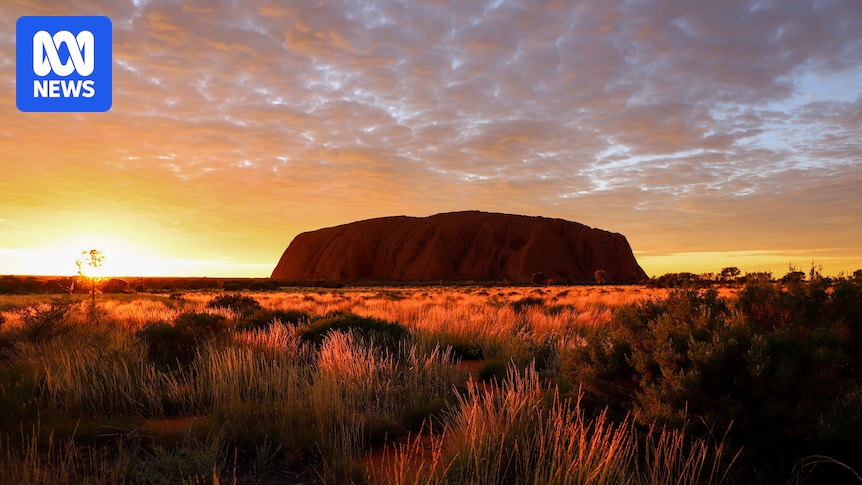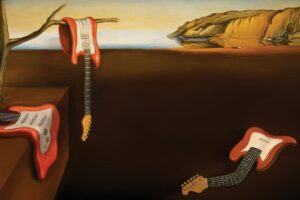
Forty years ago, on October 26, 1985, a significant chapter in Australia’s history unfolded as the Commonwealth government returned the title deeds for Uluṟu-Kata Tjuṯa to its traditional owners. The handback was a monumental moment in the land rights movement, marking a pivotal shift towards recognizing the cultural and spiritual significance of this iconic landmark to the Anangu, Pitjantjatjara, and Yankunytjatjara (APY) people.
The ceremony, held at the base of Uluṟu, was a profound occasion attended by both Indigenous and non-Indigenous Australians. Governor-General Sir Ninian Stephen officially returned the land, a gesture that reverberated across the nation. The red, yellow, and black flag flew proudly as the late Yankunytjatjara elder Kunmanara Lester translated Sir Ninian’s words, acknowledging the rightful ownership of the land.
A Landmark in Land Rights
The history of Uluṟu, a natural wonder millions of years old, took a significant turn when European settlers first sighted it in the 1870s. By the early 1900s, the surrounding land was declared an Aboriginal reserve, yet Indigenous people were forcibly relocated. In 1950, the area was named Ayers Rock National Park, and in 1958, Kata Tjuṯa was included, forming Ayers Rock-Mount Olga National Park. This was managed without the consent of the APY people, who were not welcome on their own land.
The struggle for land rights gained momentum in the 1970s and 1980s, a period of social and political change. The Aboriginal Land Rights (Northern Territory) Act of 1976 allowed Indigenous Territorians to claim land where traditional ownership could be proven. However, Uluṟu-Kata Tjuṯa was exempt from this act, sparking a determined campaign by the APY people to reclaim their land.
The Fight for Recognition
The APY people’s efforts were inspired by the 1966 Wave Hill Walk-Off by Gurindji stockmen. They lobbied for amendments to the Land Rights Act, concerned about the impact of mining, pastoralism, and tourism on sacred sites. Despite resistance from the Northern Territory government, which sought control over park management, the federal Labor government under Bob Hawke announced in 1983 that it would amend the act and return the title to the APY people.
The handback set a precedent for future land rights agreements across Australia. It established a joint board of management for the park, with a majority of Anangu members, a model that continues today. However, while Uluṟu and Kata Tjuṯa draw hundreds of thousands of visitors annually, the nearby community of Mutitjulu still struggles with inadequate housing and services.
Ongoing Challenges and Future Prospects
The significance of Uluṟu-Kata Tjuṯa extends beyond its natural beauty. It has become a focal point for discussions on Aboriginal and Torres Strait Islander rights. In 2007, Mutitjulu became central to The Intervention, a controversial federal government policy involving military presence and changes to welfare payments in Indigenous communities.
In 2019, a long-standing debate over climbing Uluṟu ended with a permanent ban, a decision welcomed by traditional owners. The Uluru Statement from the Heart in 2017 further highlighted the region’s importance, calling for a First Nations Voice to Parliament. Although the subsequent referendum failed, the APY people remain at the forefront of advocating for change.
As we commemorate the 40th anniversary of the handback, the legacy of Uluṟu-Kata Tjuṯa continues to inspire and challenge Australia to reconcile its past with a vision for a more inclusive future.







